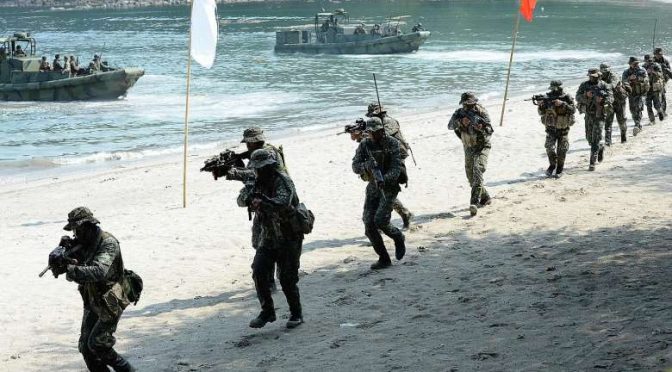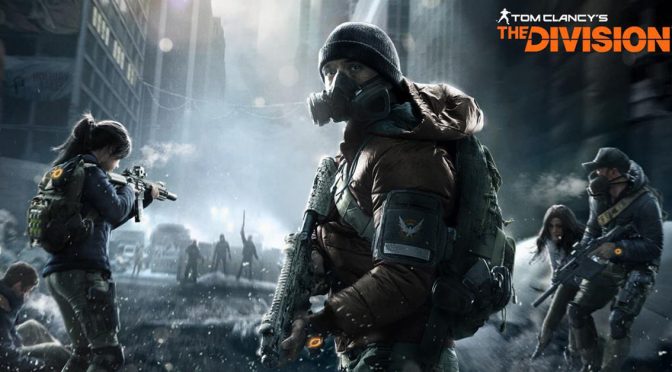Announcements and Updates
CIMSEC DC’S July Chapter Meet-Up: Lightning Rounds by Scott Cheney-Peters
PCA Releases Philipines vs. China Ruling, South China Sea Topic Week Deadline Extended by Dmitry Filipoff
South China Sea Week Kicks Off on CIMSEC by Dmitry Filipoff
South China Sea Topic Week
The Scholar as Portent of Chinese Actions in the South China Sea by Ryan D. Martinson
Assessing the Military Significance of the South China Sea Land Features by Ching Chang
Sea Control 122 — The PCA Ruling with CAPT James Fanell with Sally DeBoer
The Undersea Dimension of Strategic Competition in the South China Sea by Elsa B. Kania
Clash of Core Interests: Can One Mountain Hold Two Tigers? 核心利益的冲突:一山,不容,二虎? by Tommy Jamison
Podcasts
Sea Control 120 — National Defense and Capitol Hill with Matt Merighi and Katie Burkhart
Sea Control 121 — An American Foreign Fighter in Kurdistan with Matt Hipple and Louis Park
Members’ Roundup
Members’ Roundup: June 2016 by Sam Cohen
Naval Affairs
Parrying the 21st Century First Salvo by Jon Solomon
crossposted from Information Dissemination
The Strategic Role of Tactical Maritime Aerostats in Ensuring Persistent Surveillance by Matt McNiel
Learning to Innovate by Philip Cullom
Don’t Neglect the Human Factor in Littoral Combat by James Holmes
crossposted from The National Interest
Unmanned Systems: A New Era for the U.S. Navy? by Marjorie Greene
Asia-Pacific
Trilateral Maritime Patrols in the Sulu Sea: Asymmetry in Need, Capability, and Political Will by Zachary Abuza
Challenging China’s Sub-conventional Dominance by Vidya Sagar Reddy
Becoming a “Great Maritime Power”: A Chinese Dream by Mike McDevitt
Europe
Repositioning NATO after the Warsaw Summit by Andrew Rasiulus
crossposted from the Conference for Defence Associations Institute
Norway Faces a New Era of Russian Realpolitik in the Arctic by Daniel Thomassen
The Baltic Sea and Current German Naval Strategy by Dr. Sebastian Bruns
Putting it Back Together Again: European Undersea Warfare for the 21st Century by Andrew Metrick
South America
Latin American Navies Combat Illegal Fishing by W. Alejandro Sanchez
General National Security
The Problem with Personnel Reform: Who Are the Army’s Best and Brightest? by Robert P. Callahan, Jr.
crossposted from Small Wars Journal
Ten Principles of Ethical Conduct by CAPT Mark Vandroff, USN
A Conversation with Wargaming Grandmaster Dr. Phil Sabin by LCDR Christopher Nelson, USN
Featured Image: Phillipine Marines practice an ampbhibious landing. 2015 AFP PHOTO/TED Aljibe





